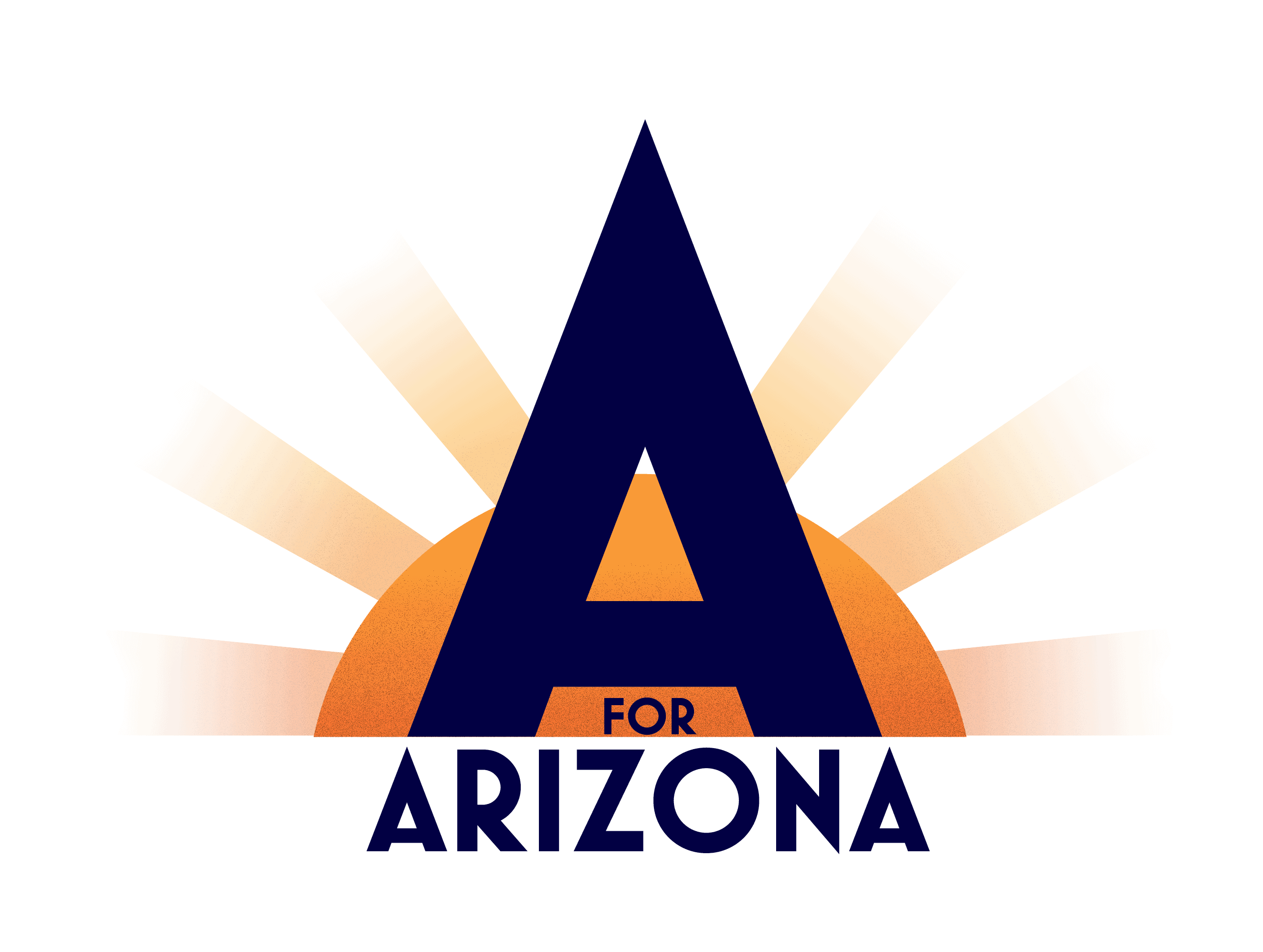The good news for all students is that there are myriad ways to offer excellent, effective instruction. We see new examples every single day about myth-busting teachers and schools whose students develop a set of life skills few thought they could understand, much less possess. We don’t lack for knowledge about best practice.
But excellent teaching is not about simply knowing…it is about doing. Excellent teaching is a refined, active talent. It is not a concept. And excellent schools have figured out how to capitalize on the very best of their teachers.
When those of us whose education work is outside the school or classroom seek to offer more students the benefits of a great education, the task is not to know what is needed, but to know who is capable of doing it.
Law cannot simply say, “I see you!” to great practice and somehow force it to happen elsewhere. Law did not create new schools or new practices. Educators did.
So with apologies to the grammarian purists among us, what policymakers must focus on are not best practices, but best practicers.
By correctly understanding the tremendous power of properly defined roles – by knowing the limits and power of what each of us in various leadership roles might contribute to a steady advance of excellence – we can experience not just small increments of improvement, but transformational effects.
If there has been a theme to the most successful reforms in education over the past three decades, it has been to back off of education laws that dictate practice, and to allow educators to take the helm. From that approach have arisen some of the best models of schooling and the fastest improvements among formerly underserved groups of students that we have ever witnessed.
Our best practicers have accepted the challenge of finding new ways to offer excellence to students and their families – often to families who have been underserved for generations. This is phenomenal success demonstrated in the growing number of students served in our best schools.
This new focus on following best practicers instead of prescribing best practices is beginning to rapidly expand the number of students attending our highest quality schools.
It used to be that schools were created or expanded in specific geographic areas, and according to population growth. We charged local school districts with being sole providers of public schooling in a specifically-defined geographical area. Students were assigned to schools based on where they lived.
In many states, including Arizona, we then decided that both families and schools would be better off if students were able to choose among available schools and districts, so we created “open enrollment”. Most recently, we sought to give educators themselves a direct route to developing brand new schools that would serve any students who wished to attend. In effect, we have incrementally pursued a belief that families should pursue what is great for their children, and innovative and effective teachers and principals should be in charge of developing those options.
That pursuit underpins nearly all of the new growth in Arizona schools. The majority of new schools in Arizona are now created by educators who see a student need they believe they can meet. Those new or expanding schools are as often within a district that formerly built schools based on population trends, as they are the result of a new or growing public charter school.
It is no longer the case that growth demands schools. We now build schools because demand for quality requires growth.
Where we have excellent schools seeking to grow in order to meet the demand of parents who want their children to have access to such excellence, that should be policy job one.
The positive disruption in why we build schools and how students choose them is leading us to better outcomes for students, but it is disruption nonetheless. We shouldn’t shy away or back away. We should lean in. Policymakers should ensure only that emerging excellence is the cause of disruption, and where that is the case it must be embraced, protected, and invested in to allow growth as quickly as possible.
Shifting to an education system built on meeting demand for quality is a huge shift, and one that will challenge those involved in policymaking. But that challenge is now fully upon us and it’s a challenge we can meet.
Great educators have led us in this. Let’s follow what they need all the way to the Arizona we know is possible.

